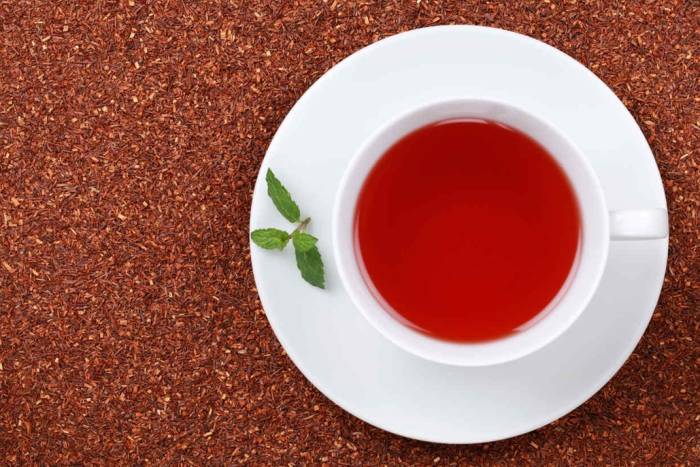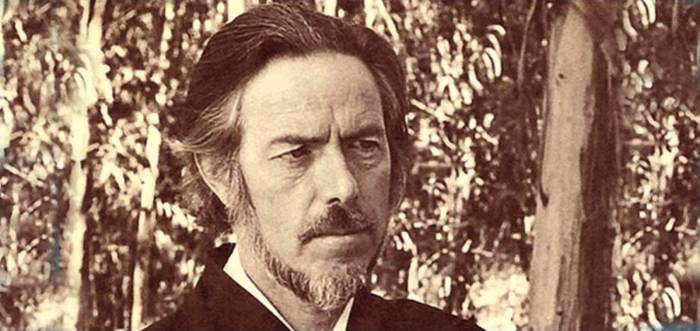Octavio Paz Revealed the Meaning of Life in this Poem
Still a young man and still overcoming the death of his father, Octavio Paz wrote this poetic celebration of the simple things in life.
In 1945 Octavio Paz was 31, lived in San Francisco and combined his poetic ambitions with a bureaucratic existence in the Mexican Foreign Service. The mid-length poem “The Simple Life” belongs to that era, written in hendecasyllables that, as its title suggests, has life as its central theme.
Call bread bread and that it appear
On the tablecloth each day;
Give to the sweat what it wants and to the dream
and the brief heaven and hell and the body
and each minute what they require;
smile like the sea smiles, the wind smiles,
without laughter sounding like broken glass;
drink and in drunkenness seize life,
dance the dance without losing a step,
touch the hand of a stranger
on a day of stone and pain
and that that hand have the firmness
that that of a friend never had;
Biographically it is important to mention that that year marked the tenth anniversary of the the tragic death of Paz’s father, who was knocked down by a tram while drunk. The coincidence between that anniversary and the writing of the poem is not only anecdotal, but it is also true that Paz knew how to transform that painful experience into a work that stands alone, in which we can now appreciate in the search for something as enigmatic as ‘the meaning of life.’
The poem could be read as an appendix to the vast tradition of the carpe diem, that call to “seize the day” that since classical antiquity has been a poetic motive to inspire us to exhaust life, to consume for our benefit every single one of its minutes because, among other reasons, we don’t know if we will have a tomorrow. We hope so, but we can never be certain.
In Paz’s poem there is a similar call but from the opposition between life and death, and which gives that carpe diem a little more depth, and even existential weight, as it is not just about making the most of our days but about enjoying life, that which is composed of bread and dance, although also of solitude and pain.
Try solitude without the vinegar
making my mouth contort,
or repeat my grimaces in the mirror, nor the silence
bristling with teeth that grate:
these four walls –paper, plaster,
thin carpet and yellowing bulb –
are still not the promised hell;
may not that desire frozen by fear
hurt me more, a cold wound,
burned lips unkissed:
clear water never pauses
and there is fruit that falls once ripe;
As a result of these contrasts, “The Simple Life” is also close to another poetic tradition: the Baroque tendency of the Spanish Golden Age. Like Góngora and Sor Juana, Paz celebrates life because he cannot cease to recall that on the other side is death, the “dust” that the poem refers to near the end and which in the verse is found on either side of the “fruits” of life:
Fight for the life of the living,
Give life to the living, to life,
And bury the dead and forgotten
as the earth forgets them: in fruit …
And at the moment of my death
let me die like men and that
forgiveness come to me
and the everlasting life of dust,
of fruits, and of dust.
“Dust” that comes directly from two of the best known verses of the poets mentioned:
in earth, in smoke, in dust, in shadow, in nothing. (Góngora)
it’s corpse, it’s dust, it’s shadow, it’s nothingness. (Sor Juana)
However, unlike that tradition, Paz abandons the grave tone and solemnity to embrace simple things. That is the difference.
With the option of urging us to enjoy life or remind us that we are going to die, the poet prefers to grasp the elemental and find in it a reason to live: “to know how to cut the bread and share it.”
Related Articles
7 Recommendations for Organizing Your Library
For the true bibliophile, few things are more important than finding a book from within your library.
Red tea, the best antioxidant beverage on earth
Red tea is considered to be the most unusual of teas because it implies a consistently different preparation process. ––It is believed that its finding came upon surprisingly when traditional green
A brief and fascinating tour of the world's sands
To see a World in a Grain of Sand And a Heaven in a Wild Flower, Hold Infinity in the palm of your hand And Eternity in an hour. - William Blake What are we standing on? The ground beneath our feet
Strengthen your memory with rosemary oil
For thousands of years rosemary oil has been traditionally admired and used due to its many properties. In the Roman culture, for example, it was used for several purposes, among them cleansing, as
Literature as a Tool to Build Realities
Alain de Botton argues that great writers are like lenses through which we can see an infinite array of possibilities.
Mandelbrot and Fractals: Different Ways of Perceiving Space
Mathematics has always placed a greater emphasis on algebra, a “purer” version of itself, one that is more rational at least. Perhaps like in philosophy, the use of a large number knotted concepts in
Luis Buñuel’s Perfect Dry Martini
The drums of Calanda accompanied Luis Buñuel throughout his life. In his invaluable memoirs, published under the Buñuel-esque title, My Last Sigh, an entire chapter is dedicated to describing a
A Brief Manual of Skepticism, Courtesy of Carl Sagan
Whether or not you’re dedicated to science, these tips to identify fallacies apply to any form of rigorous thinking.
How to Evolve from Sadness
Rainer Maria Rilke explored the possible transformations that sadness can trigger in human beings.
Alan Watts, A Discreet And Charming Philosopher Of The Spirit
British thinker Alan Watts was one of the most accessible and entertaining Western interpreters of Oriental philosophy there have been.










